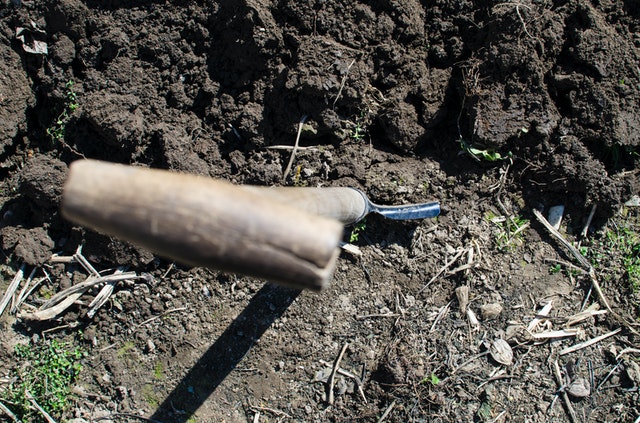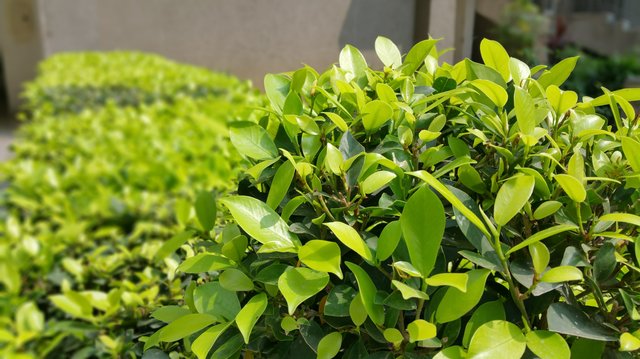Shrubs add an extra dimension and visual interest to your garden space. They break up space, and there are a wide variety available. Whether you’re looking for something small and cute, or big and bold, here are some general tips for making sure your shrubs are happy and healthy!
How do you prepare soil for planting shrubs?
The first thing to do to prepare for planting your shrub is to select the spot and clear the surface of any leaves, weeds, or other things. Selecting the spot to plant your shrub depends on the type of shrub you have, so be sure to find out the light requirements first. Check to see if your shrub has any other particular preferences for soil type or if it has difficulty with a particular type of pest, as well.
If your shrub came in a pot, be careful removing it. Don’t remove it by grabbing the plant, as pulling on it can damage or stress it. Loosen the sides and tip the shrub out gently to avoid harming your new shrub.
Avoid planting your shrub using both your regular garden soil and another type of soil. The contrast in soil types can cause problems with drainage. Shrubs need to be watered thoroughly throughout their first season, so uneven drainage leads to parts of the roots being overwatered and others being underwatered. Another problem that can arise from using a mix of soils is that the shrub may become accustomed to the mix and refuse to spread its roots outside of the area it was planted in.
Once you’ve planted your shrubs, you’ll want to cover the ground with bark mulch to help insulate the ground. A few inches is all it takes, but you should prepare it beforehand by either making it yourself or buying it from your local garden supply store.
How deep should you plant shrubs?
Shrubs should be planted so that the top of their roots is even with the surface of the garden. Typically this is about a foot but will vary depending on the size, age, and type of shrub. Additionally, the hole you dig for your shrub should be twice the width of the root ball. This makes it easier to refill the hole after digging and helps loosen the soil around the shrub, encouraging root growth.
Be sure to loosen the root ball gently before placing the shrub into the hole. This will help prevent your shrub becoming rootbound and encourage your shrub to grow deep, healthy roots.
What is the best time of year to plant shrubs?
The best time to plant your shrub is before the first frost of the year so that it’s still warm and you’ll avoid the potential of water freezing after watering. This also allows the shrub to get plenty of light and adjust to its new habitat without the risk of burning or freezing. Plants can become sunburned if they are suddenly transitioned from a shady or indoor environment to full sun, so planting in fall can give them time to adjust. It also gives your shrub time to grow thick, strong roots before the ground freezes.
What is the best soil for shrubs?
The majority of shrubs will do just fine in any type of soil, as long as it drains relatively well. If your garden soil has poor drainage, fear not! There are some types of shrubs that do well in that kind of soil, too. Button bush, dogwood, chokeberry, and summersweet, to name a few, enjoy wetter soil.
You can test how well your soil drains by digging a hole and pouring a few inches of water into it. Based on how quickly it drains, you can select your variety of shrub. Check the consistency of your soil as you dig. Is it sandy, crumbly, or cake-like? If it’s sandy or crumbly, most shrubs will do all right in your yard. If your soil is cake-like, thick, and moldable, you’ll need a variety of water-tolerant shrubs.
Shrubs are a lot of fun to have in your yard or garden. Anyone can have a lovely little bush, as long as they know the answers to these questions. And even if you have very little time for gardening duties, there are low-maintenance shrubs you can plant that will nevertheless spruce up your landscape. With the wide variety of shrubs available, any garden can be a shrub garden!




